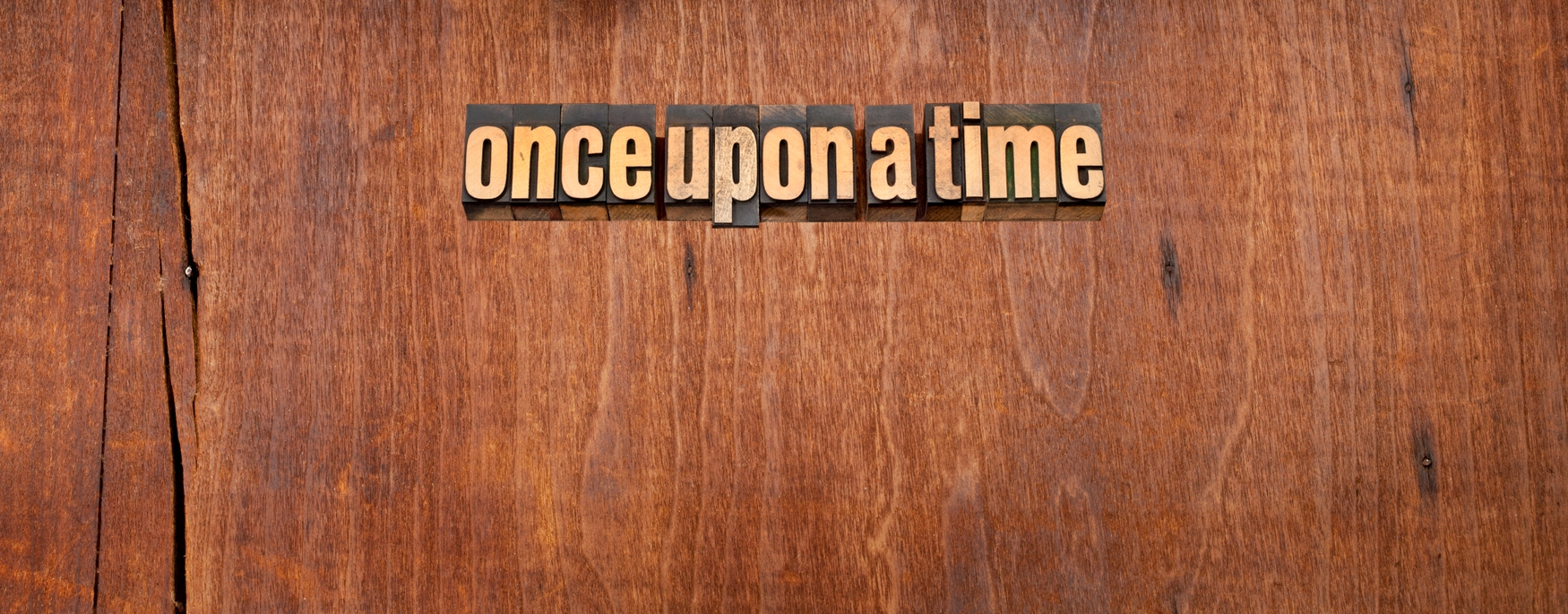< Back to blog archive
Posted by Jerry Bender on December 18, 2014 at 07:39:56 PM

The Governor’s 2015–17 Budget Proposal; the Rest of the Story
The Governor explained on Monday what he would fund in early learning, K–12 education, and higher education. On Thursday, he explained how he would fund a biennial budget 15 percent larger than two years ago and includes an additional $2.3 billion for all three levels education. The new and much needed funds would come from these primary sources:
- Cut services and improve efficiencies of state government - $400 million
- Use current reserves during the first year of the biennium - $450 million
- Collect a carbon pollution tax – $379 million
- Institute a 7% tax on capital gains earning above $25,00 for individuals and $50,000 for joint filers
- Repeal five tax breaks - $282 million
- Increase the state cigarette tax and start taxing e-cigarettes and vapor products - $56 million
Here are four documents that provide more detailed information about the Governor’s proposal:
- Balance Sheet/Proposed Expenditures – 3 pages, including charts showing $18.2 billion (47%) of the $38.9 billion 2015–17 operating budget is invested in K–12 schools
- Revenue - 3 pages, including information on what tax exemptions he recommends be repealed, along with a chart showing that over the past 25 years, state revenue collections as a share of the economy have fallen by nearly 30 percent.
- Education – 6 pages, including a broad overview of increases in basic education funding to reduce K–3 class sizes, increasing class time for kindergarteners, and covering school operation costs with $1.3 billion.
- OFM Operating Budget - 198 pages, with detail of all proposed expenditures. It includes information on all programs maintained along with new initiatives. For example, the leadership internship program for principals is maintained at $477,000/year, while the Washington State Leadership Academy increased from $810,000/year to $1.3 million/year to provide support for 100 new principals a year. The K–12 portion of the biennial budget is contained in Section V ( pages 75–122).
To review the Cliff Notes edition of Governor Inslee’s 2015 Education Budget Proposal, read our blog post from Tuesday, December 16th.